Arctic Coastal Communities: Global Connectivity and Ethnography of Maritime Infrastructure
By Olga Povoroznyuk
This blog post was first published by the Austrian Polar Research Institute
Tiksi in Russia, Nome in the US, and Kirkenes in Norway are three socially and culturally different Arctic coastal communities. Still, in this post I argue, that their colonial histories as well as present-day identities and development plans share a number of similarities shaped by practices and promises of international shipping, trade and cultural exchange along the Arctic coast.
Reconfiguring maritime infrastructure
In the decades after the Cold War, the Arctic was turning into a global region with the Arctic Ocean promising to become a “new Mediterranean”. Russia’s invasion of the Ukraine interrupted these strengthening connections, turning the ocean into a new ice-curtain and a field for military exercises. In my research project focusing on ethnographies of sea port expansion projects in the three Arctic coastal communities, I look at the following questions:
What is the historical role of Arctic maritime routes for coastal communities?
What are the promises and threats of sea port expansion projects for Arctic communities?
What are the promises and threats of sea port expansion projects for Arctic communities?
Ethnographic fieldwork
Ethnographic data on infrastructure (in my case, maritime transport infrastructures) provide a fertile ground for anthropological inquiry into the issues of connectivity, social networks, hopes and fears of development and securitization in the Arctic. Thus, ethnographic fieldwork, combined with local archives, policy documents and media analysis, constitutes the core of my data collection methods. In 2022 and 2023, I conducted fieldwork research in Nome and Kirkenes focusing on their port expansion plans. In the case of Tiksi, I rely on the data collected during my pilot fieldwork in 2019 as no follow-up research was possible there due to the pandemic and more recently due to Russia’s war in Ukraine.
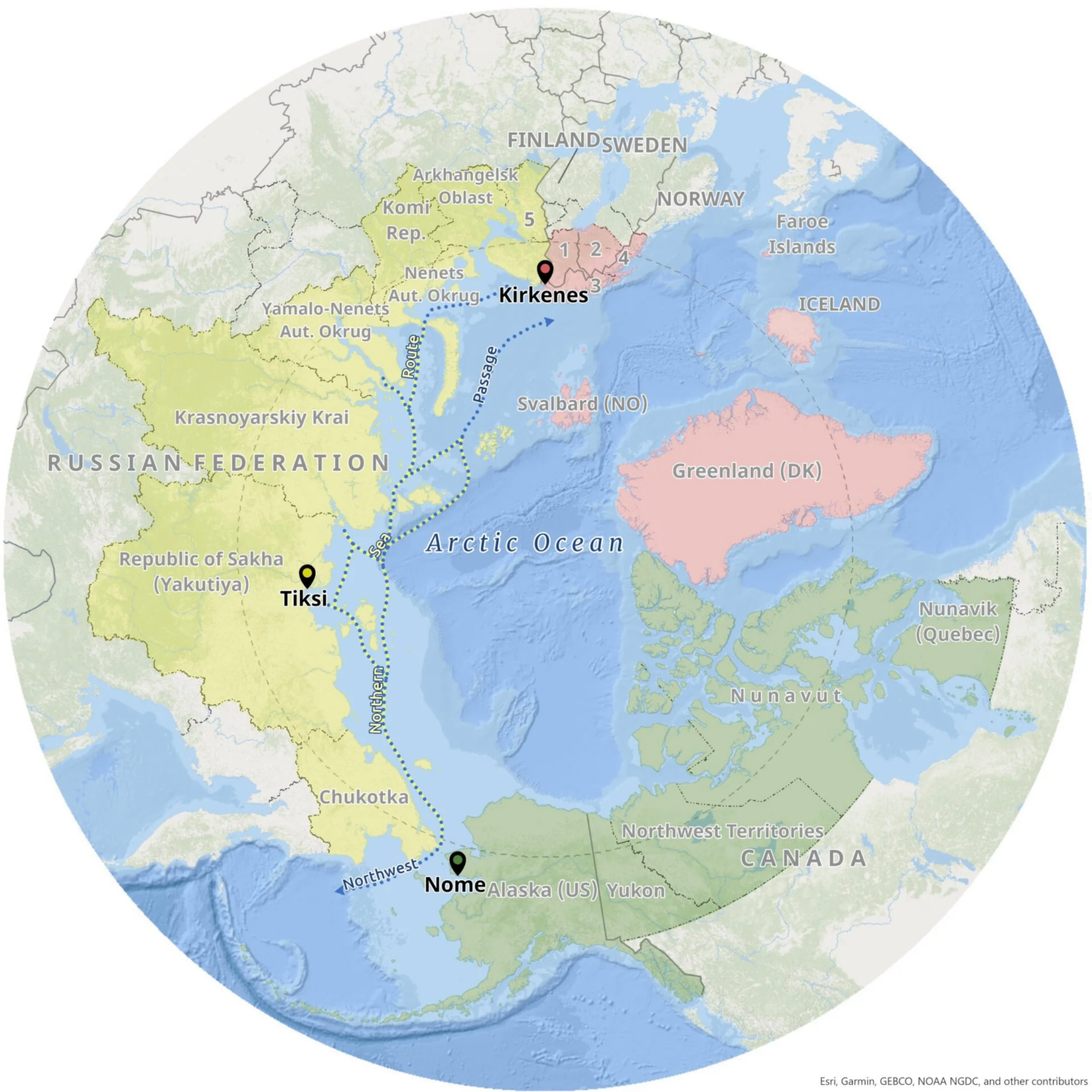

“I follow imagined, emergent and reconfiguring Arctic connections to explore diverse local perspectives on and entanglements with maritime infrastructure.”
Olga Povoroznyuk

Tiksi
Tiksi with about 4500 residents is the biggest and the only urban settlement in Bulunskiy District of the Republic of Sakha (Yakutiya), a transportation node, and a headquarter for a Russian military base. The town was founded in 1932 on the traditional lands of indigenous Evenki, Evens and Sakha people during the heyday of Soviet explorations along the Northern Sea Route (NSR). It reached its population and development peak in the 1980s. In the Post-Soviet period, the civilian population and local economy have been shrinking with transport and urban infrastructures declining. With the re-establishment of military presence in the area, the civilian part of the community has been growing more isolated and impoverished. The running national program of modernization of the NSR is filled with Soviet-era imaginaries and promises of development. However, with the beginning of the war and prioritization of investments in military training facilities on the New Siberian Islands, the sea port modernization plans in Tiksi are likely to remain on paper.


Nome
Nome is a town with around 3700 residents located on the Bering Sea coast in Alaska, US. Inupiat sea mammals’ hunters inhabited the area long before the discovery of gold which led to the foundation of the city in 1898. Yet, the divide between indigenous and white settlers who arrived to the community during the gold rush and afterwards, remains visible. Discussions about locating the first US Arctic deep-draft port in Nome started a few years ago. The growing securitization along the US Artic coast stimulated federal investments into construction, which is just about to begin. While some of the stakeholders have positive expectations of the new port associated with development and political security, many local and indigenous inhabitants are concerned with unregulated population inflow, rising housing prices, pollution of the marine environment and disruption of economically and culturally important subsistence activities.
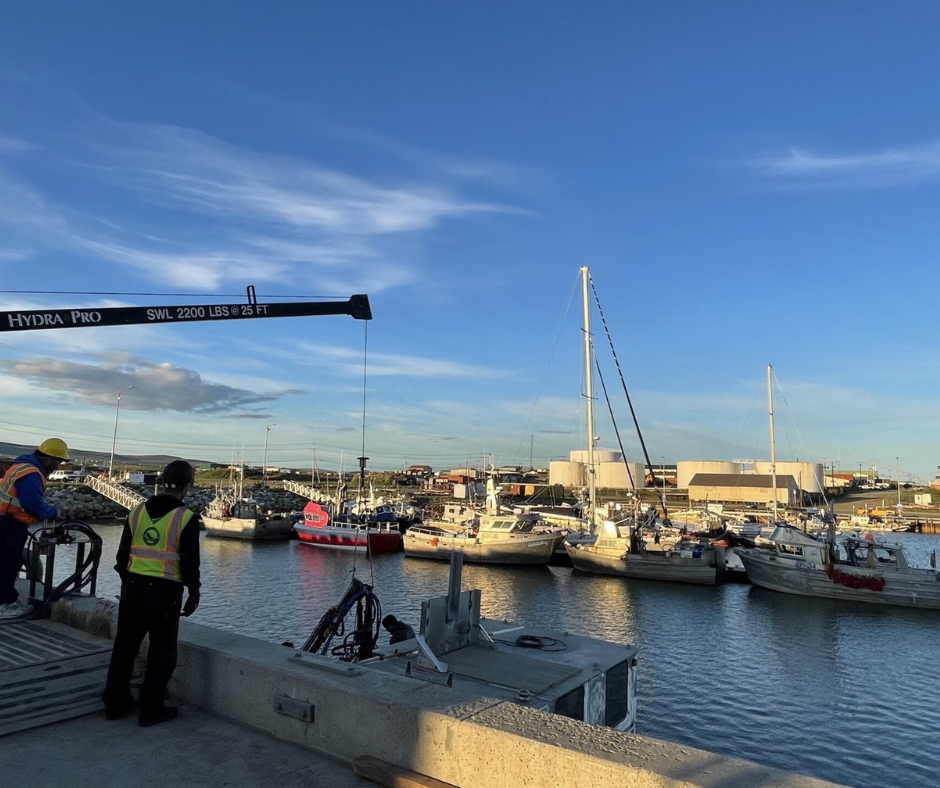
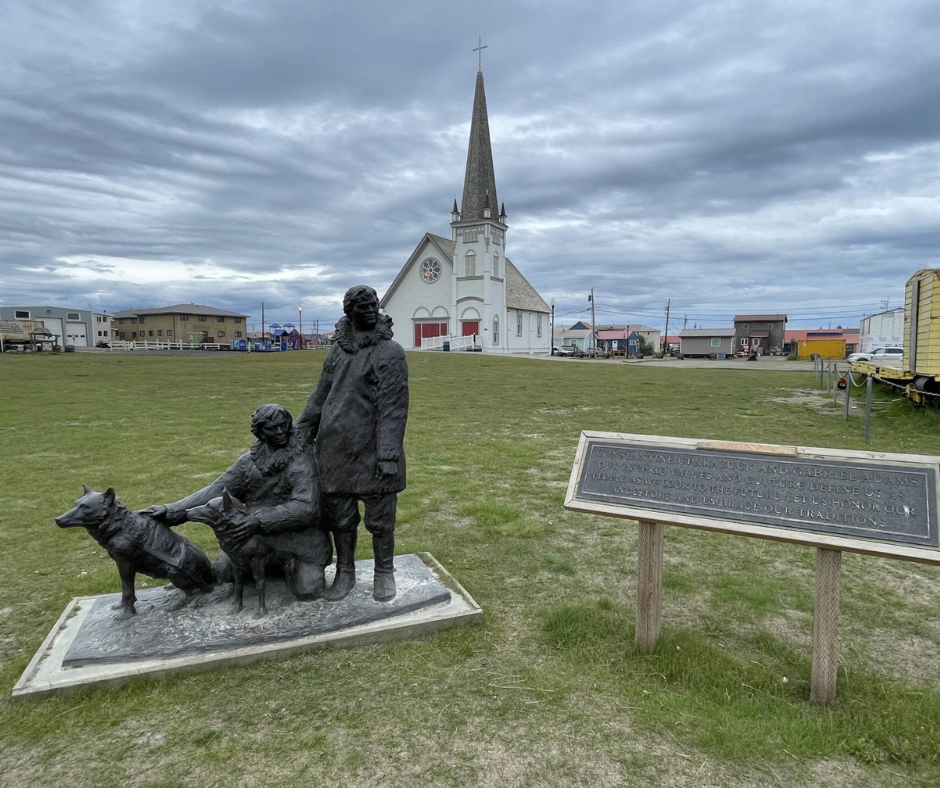
Kirkenes
Kirkenes is a borderland town in Sør-Varanger Municipality in the county of Finnmark, Norway. Founded in 1826 during the rise of Orthodox and Protestant missions on the lands of Sami reindeer herders, it has now the mixed population of about 3500 inhabitants. In the 20th century the place identity of Kirkenes has been shaped by its mining activities, as well as maritime trade, cultural exchange and collaboration with Russia. The sea port expansion project in Kirkenes was previously connected to transportation of oil and gas from West Siberia to Europe by the NSR. Kirkenes was expected to become a large transportation hub, with cargos delivered by sea and sent further inland by trucks or by train along the projected Arctic Railroad. Since a year, the community has been reorienting its future collaboration plans from Russia to Nordic countries, while still allowing Russian fishing vessels into its port and keeping some vitally important grassroots cooperation with its big neighbour.


Uncertain Futures
Arctic shipping, trade, and exchange along major maritime routes, such as the NSR, have played a formative role in the colonization and infrastructural development of the Arctic coast. Infrastructural modernization, driven by global and regional development, resource extraction, and more recently, by securitization and warfare, has different local impacts. In Tiksi, the NSR modernization program is most likely to remain a promise under the pressures of growing dictatorship, isolation and economic destabilization. In Nome, on the contrary, national security concerns are pushing the port expansion project forward with the construction works beginning in the near future. At the same time, Kirkenes is trying to redefine its role as a transport hub to a new tourist destination. My comparative research project will follow imagined, emergent and reconfiguring Arctic connections to explore diverse local perspectives on and entanglements with maritime infrastructure.
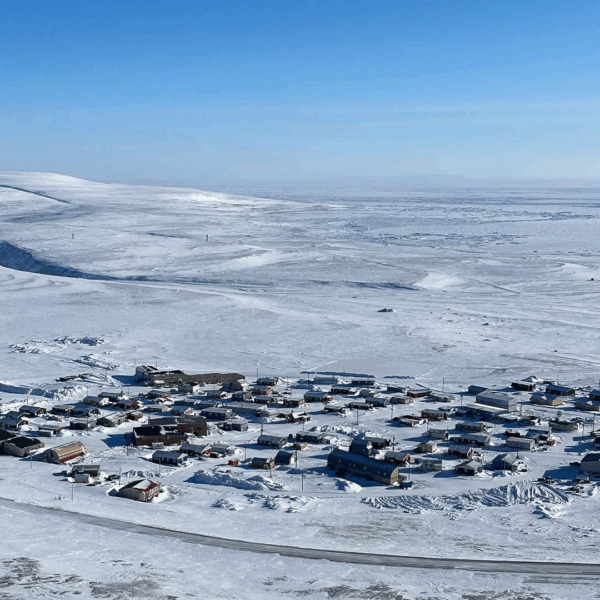
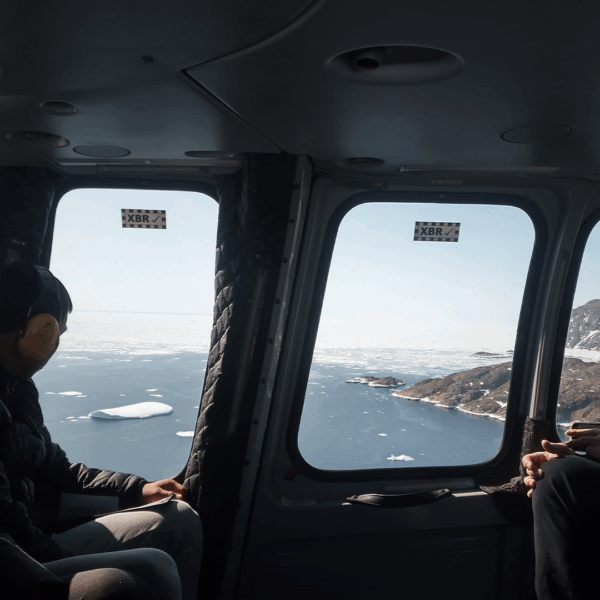
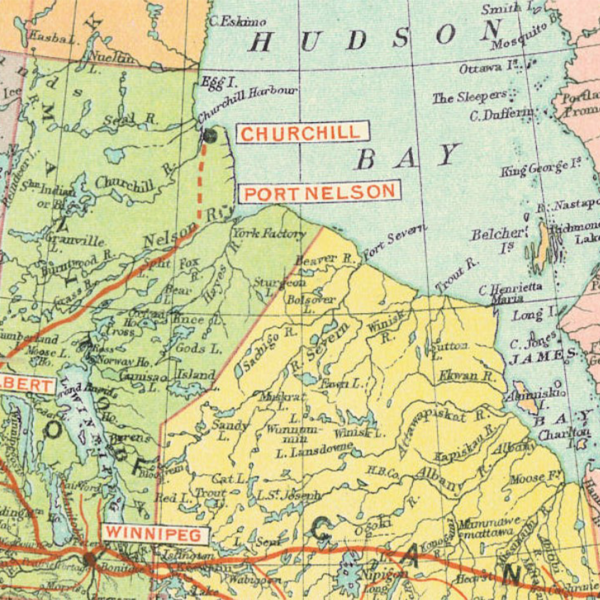
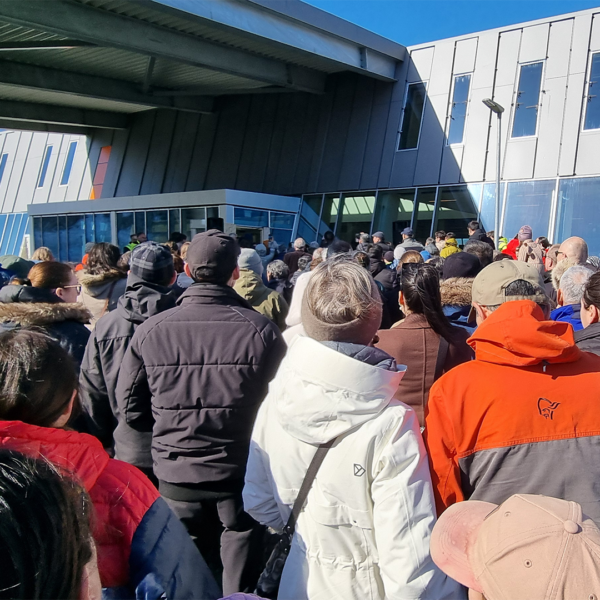
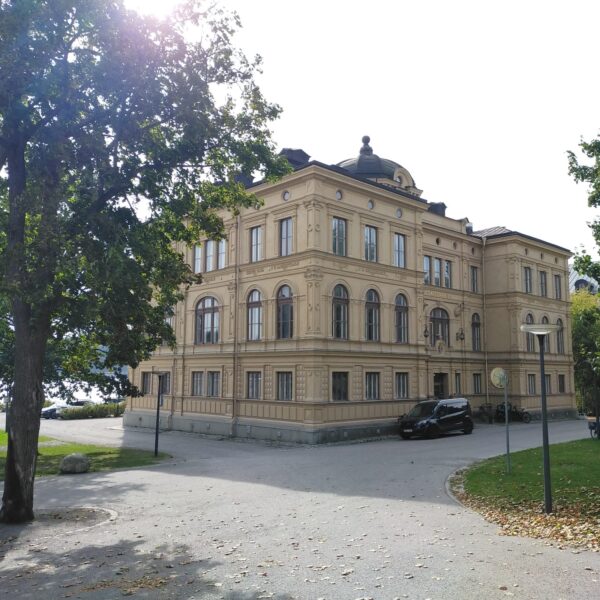
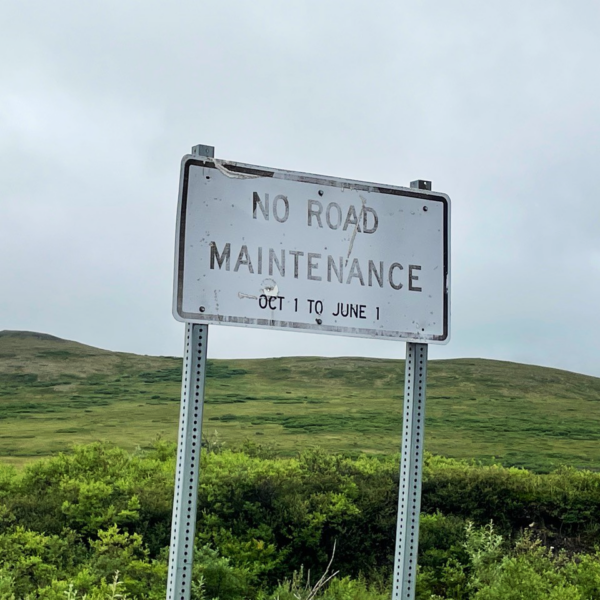
Please login to post a comment...